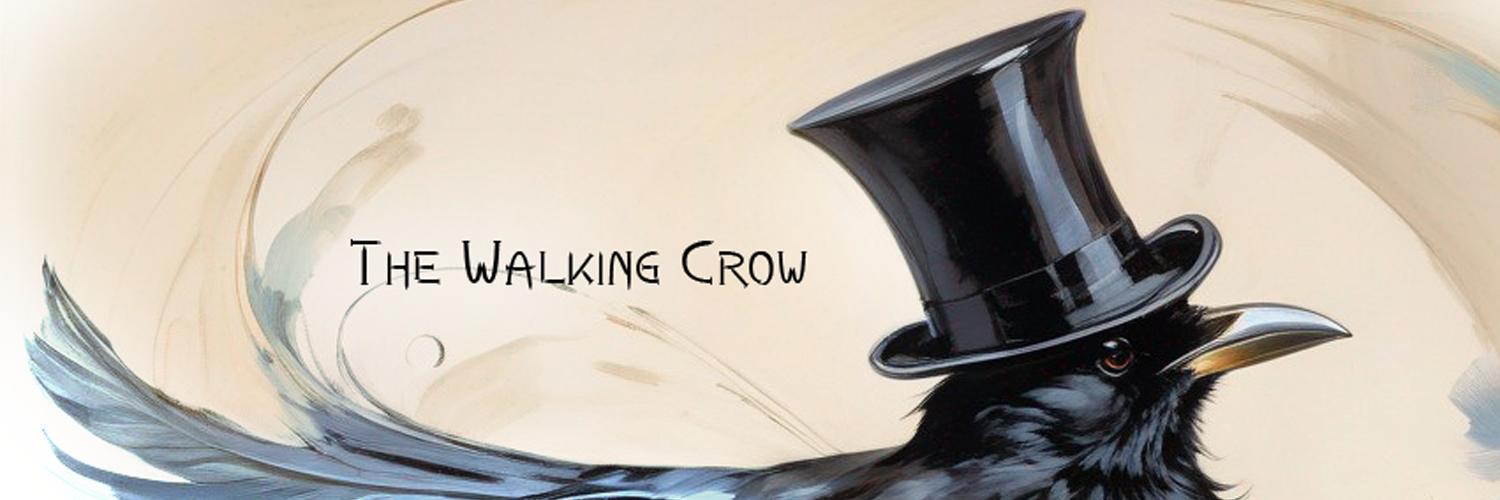Welcome to The Walking Crow
Discover a world where nature meets creativity. Dive into our latest tips on gardening, crafting, and woodworking.
This blog is a work in progress. There will be something new each week. Thank you for stopping by.
I have a vendor space at Bluebelle Local Mercantile in Columbus, GA.
I’m Jamie Sherfy. The Walking Crow is a showcase of my hobbies and things I find interesting.
This Blog is being created on the same principle.
I’m starting with plants and will add more catagories as I go. – Christian Bible, People, Health, Nature, Art, and of course, Crows.
I hope you find something wonderful.
Latest Blog Posts

Growing the Croton Plant (Codiaeum variegatum)
The Croton Plant, or Garden Croton, is a colorful tropical shrub known for its vibrant foliage and variety of colors. It thrives in warm climates (Zones 10-12) and is toxic if ingested. The plant requires bright light, regular watering, and high humidity to flourish, making it popular among gardening enthusiasts.

Growing the Weeping Fig Care, Indoor Plant
The content discusses the Weeping Fig, also known as Benjamin Fig or Ficus Tree, detailing its origins, care requirements, and health benefits. It highlights its adaptability to indoor environments, moderate toxicity, and importance in improving air quality. The plant thrives in bright, indirect light and requires well-draining soil.

Growing the ZZ Plant
The ZZ Plant, scientifically known as Zamioculcas zamiifolia, is a low-maintenance houseplant popular for its glossy, dark green leaves. Native to Eastern Africa, it thrives in low light and requires infrequent watering. Despite its toxicity to pets and humans if ingested, it improves indoor air quality and is forgiving of neglect.

Growing the Air Plants (Tillandsia)
Air plants, or Tillandsia, are unique, soil-free epiphytes with over 650 species, ideal for indoor gardening. They thrive in various habitats, require bright, indirect light, and prefer good air circulation and adequate moisture. These low-maintenance plants enhance indoor aesthetics and are non-toxic, making them safe for homes with pets.
Thank you for stopping by.
